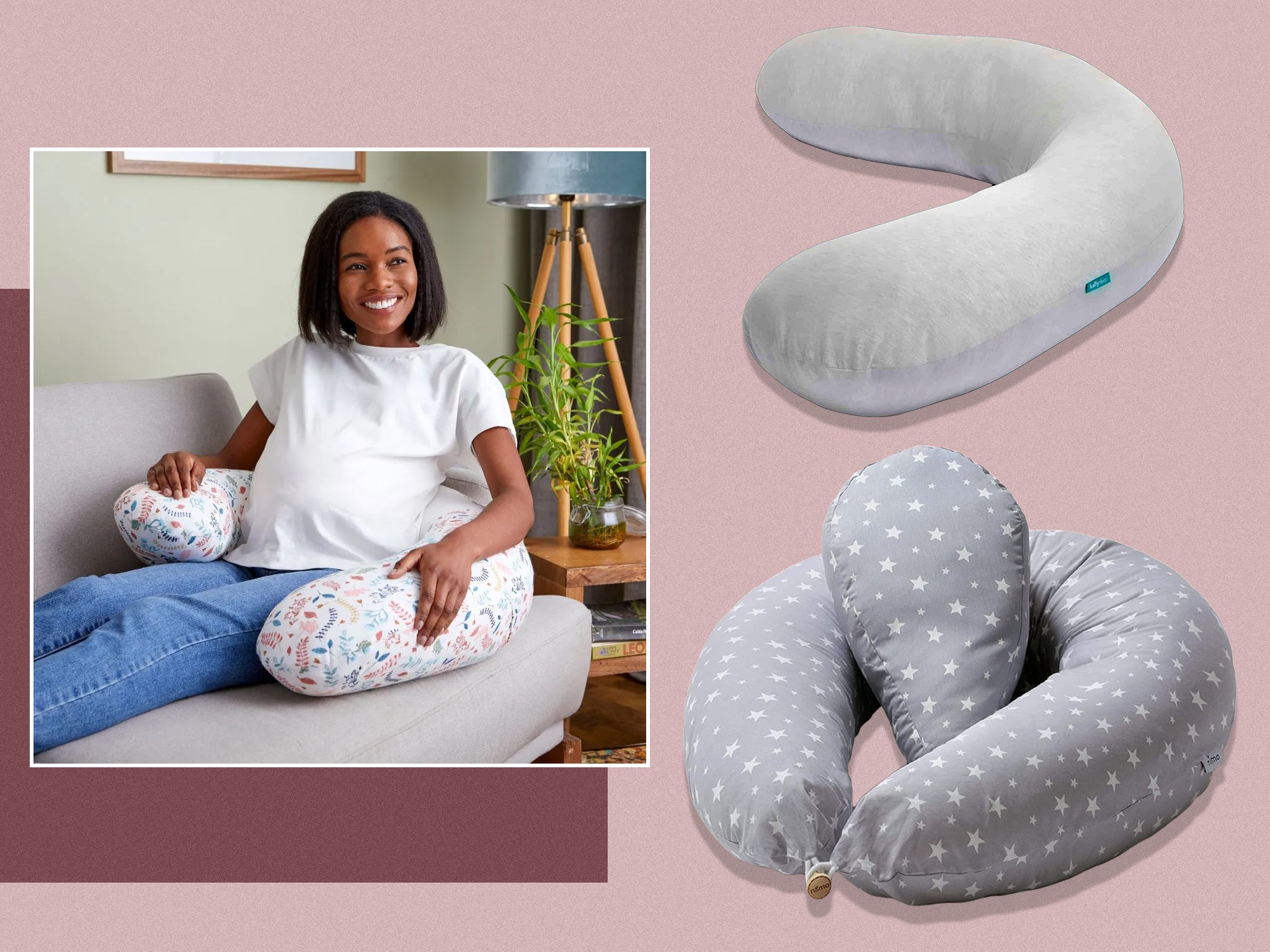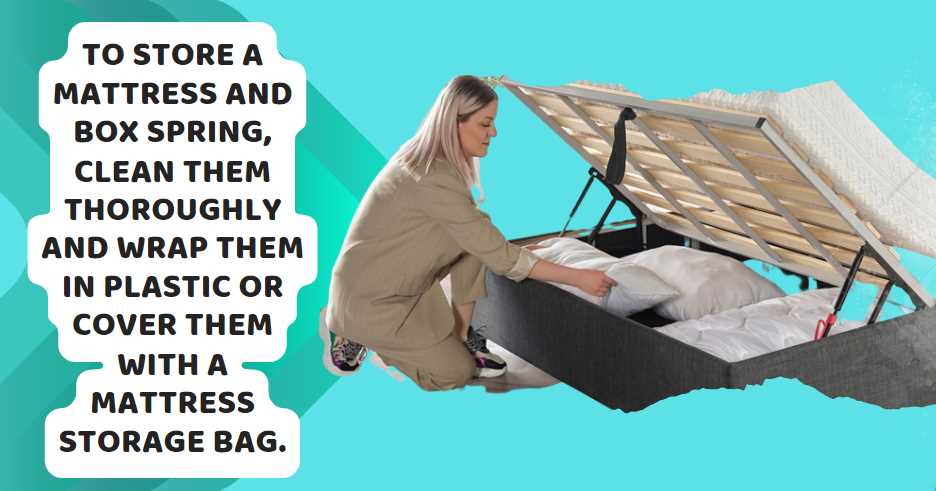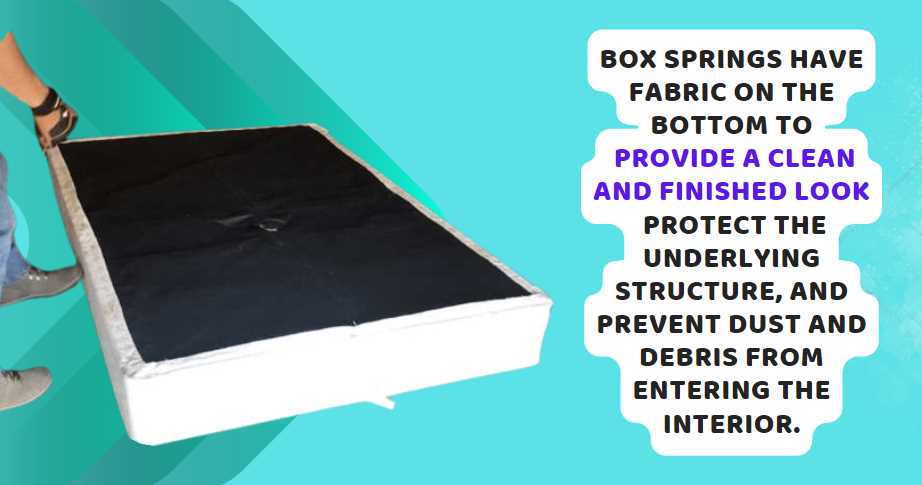Are V Pillows Good for Neck Pain? Discover the Power of Support

Are v pillows good for neck pain? Yes, V pillows can be good for neck pain for some individuals. V ...
Read moreHow to Store Mattress And Box Spring: Expert Tips and Tricks

Wondering about how to store mattress and box spring? To store a mattress and box spring, clean them thoroughly and ...
Read moreWhy Do Box Springs Have Fabric on the Bottom? Hidden Function and Protection Tips

Why do box springs have fabric on the bottom? Box springs have fabric on the bottom to provide a clean ...
Read moreHow to Safely Transport a Box Spring on a Car: Expert Guide

Secure the box spring to the car roof using strong rope or ratchet straps, ensuring it’s tightly fastened and won’t ...
Read moreHow to Effortlessly Dispose of Your Old Bed Frame

To dispose of an old bed frame, sell it, donate it to a charity, or schedule a bulk pickup with ...
Read moreCan You Take a Sleep Aid While Taking Phentermine? Experts Weigh In

Yes, taking a sleep aid while taking Phentermine is generally safe. However, it is essential to consult with your doctor ...
Read moreCan You Sanitize Pillows in the Dryer

Pillows play a crucial role in providing us with a good night’s sleep. But over time, they can accumulate ...
Read moreCan You Use Pillow Mist As Perfume

Pillow mists have gained popularity as a way to enhance sleep quality. These mists are typically infused with soothing ...
Read moreCan You Use Chicken Feathers for Pillows? The Shocking Truth About Comfort & Safety

Pillows are an essential part of our sleep routine. They provide the necessary support and comfort for a good night’s ...
Read moreCan You Wash Synthetic Pillows? The Ultimate Guide to Cleaning and Care

In our homes, pillows are an essential part of our daily lives. They provide support and comfort during sleep, allowing ...
Read more